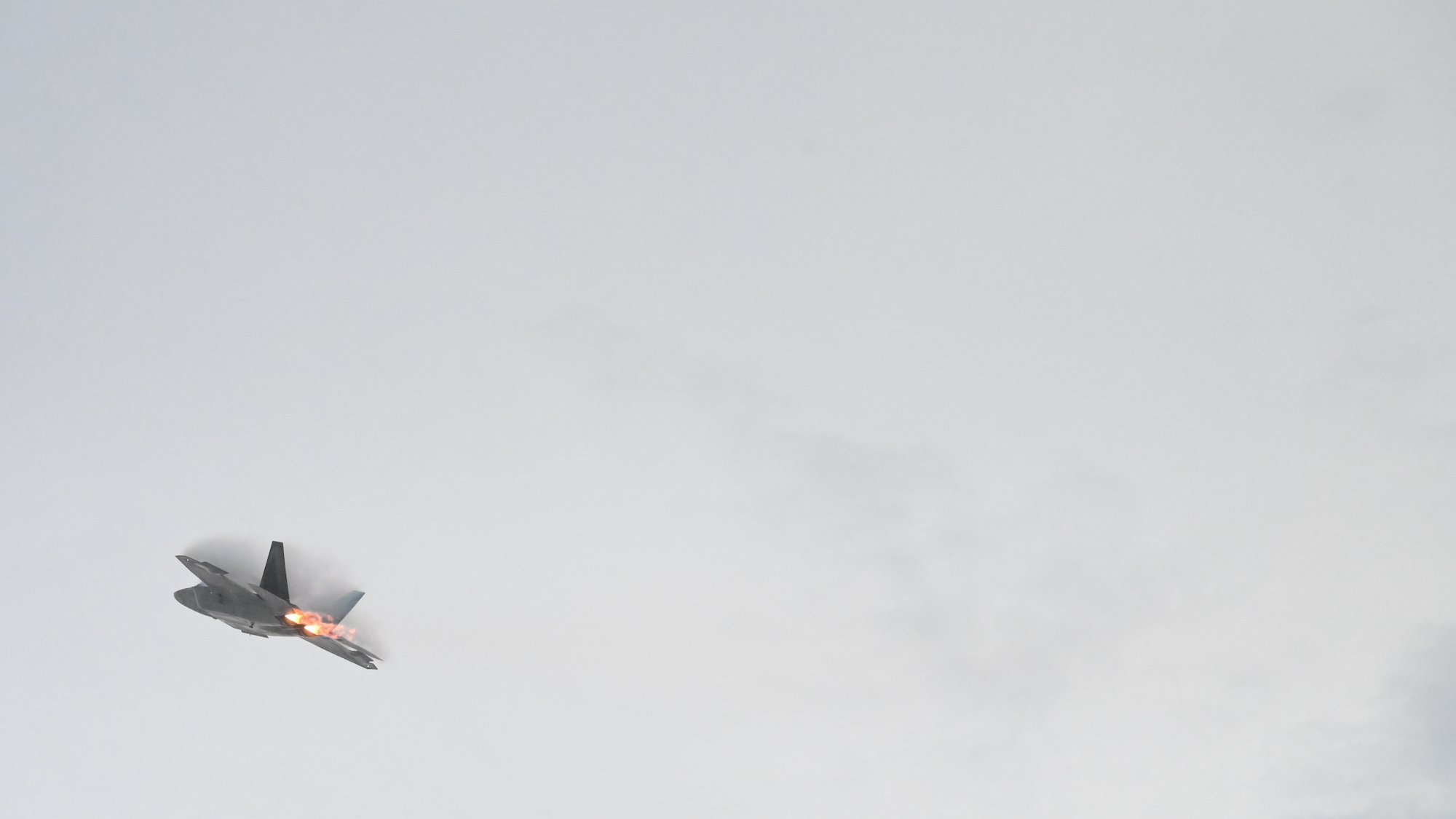

Since February 4, United States aircraft have shot down four objects passing over North American skies. The first of these, a massive high-altitude surveillance balloon traced to China, meandered over the country for four days before becoming the first air-to-air kill for the high-end F-22 stealth jet fighter. The other three, however, have not yet been identified, except for their size, altitude, and ability to stay aloft seemingly on wind power alone.
President Joe Biden addressed the topic in remarks delivered today. “Last week, in the immediate aftermath of the incursion by China’s high altitude balloon, our military, through the North American Aerospace Defense command, so called NORAD, closely scrutinized our airspace, including enhancing our radar to pick up more slow-moving objects above our country and around the world,” he said. “In doing so they tracked three unidentified objects—one in Alaska, Canada, and over Lake Huron in the Midwest.”
“They acted in accordance with established parameters for determining how to deal with unidentified aerial objects in US airspace,” he added. “At their recommendation, I gave the order to take down the three objects, due to hazards to civilian commercial air traffic, and because we could not rule out the surveillance risk of sensitive facilities.”
[Related: How high do planes fly? It depends on if they’re going east or west.]
Given the short timeline between the tracking of China’s high altitude balloon and the following shootdowns, expanding the aperture of existing sensors was the most expected way to widen what swaths of the sky could be observed. One effect of that is suddenly detecting objects previously unobserved. Notably, Biden highlighted that the newly found objects were slow-moving. NORAD’s sensors, for decades trained to track fast moving planes and missiles, are not calibrated by default to look for balloons, which drift through the sky.
“Our military, and the Canadian military, are seeking to recover the debris so we can learn more about these three objects,” said Biden. “We don’t yet know exactly what these three objects were but nothing right now suggests they were related to China’s spy balloon program or that they were surveillance vehicles from any other country.”
Minutes before Biden gave his remarks, Aviation Week published a plausible explanation of the objects. The story notes that the Northern Illinois Bottlecap Balloon Brigade, a hobbyist club, had tracked a high-altitude pico balloon they had launched to the coast of Alaska at just under 40,000 feet on February 10. Predicted wind direction would have brought that balloon over the Yukon on February 11.
That, notes Aviation Week, was “the same day a Lockheed Martin F-22 shot down an unidentified object of a similar description and altitude in the same general area.”
“Launching high-altitude, circumnavigational pico balloons has emerged only within the past decade,” continues the story. “At any given moment, several dozen such balloons are aloft, with some circling the globe several times before they malfunction or fail for other reasons. The launch teams seldom recover their balloons.”
While Biden did not name what the downed objects were, he said that the intelligence community’s most likely estimate was that these three objects were most likely balloons with ties to private companies, recreation, or research institutions.
“I want to be clear: We don’t have any evidence that there has been a sudden increase in the number of objects in the sky, we’re now just seeing more of them partially because of the steps we’ve taken to increase our radar, and we have to keep adapting to dealing with these challenges,” he said.
While the larger surveillance balloon from China was easier to track based on its mass alone, the existence of small, potentially hobbyist or commercial balloons riding high-altitude winds appears to come as something of a surprise.
“In the U.S., academic and commercial balloons have to include transponders that let the FAA know where they are at all times,”Jeff Jackon, a US representative from North Carolina, shared in his notes on a congressional briefing with NORAD on the Unidentified Aerial Phenomena (UAP). “These UAPs did not appear to have transponders, and that was also a factor in the decision to shoot them down.”
Transponders are a key tool for larger aircraft, as they make air traffic visible to people in the sky and on the ground. For something as light as a hobbyist research balloon aiming at high altitude, the weight of a transponder and the batteries to power it could strain the craft. Finding a different solution, one that allows air traffic controllers and pilots to avoid such balloons, is a likely first step to ensuring the skies remain safe and the objects don’t go unidentified.
Transponders wouldn’t solve the problem of balloons sent with malicious intent, but it does at least allow those with purely peaceful purposes to be affirmatively identified as safe. Biden outlined a set of policies to avoid shootdowns like those experienced this month. One improvement would be an accessible inventory of objects in the airspace above the US, kept up to date. Another would be improving the ability of the US to detect uncrewed objects, like small high-altitude balloons. Changing the rules for launching and maintaining objects would also help the US get hobbyist launches, like that from the Northern Illinois Bottlecap Balloon Brigade, on its radar, metaphorically and perhaps literally. Finally, Biden suggested the US work with other countries to set out better global norms for airspace.
“We’re not looking for a new Cold War,” said Biden. “But we will compete, and we will responsibly manage that competition so it doesn’t veer into conflict.”
In the history of high-altitude surveillance from the last Cold War, efforts to spy by balloon and plane led to crisis. The rules and norms allowing countries to share space, instead, allowed countries to keep spying on each other, while also fostering tremendous economic and scientific developments alongside the spycraft.
Watch the address, below:

